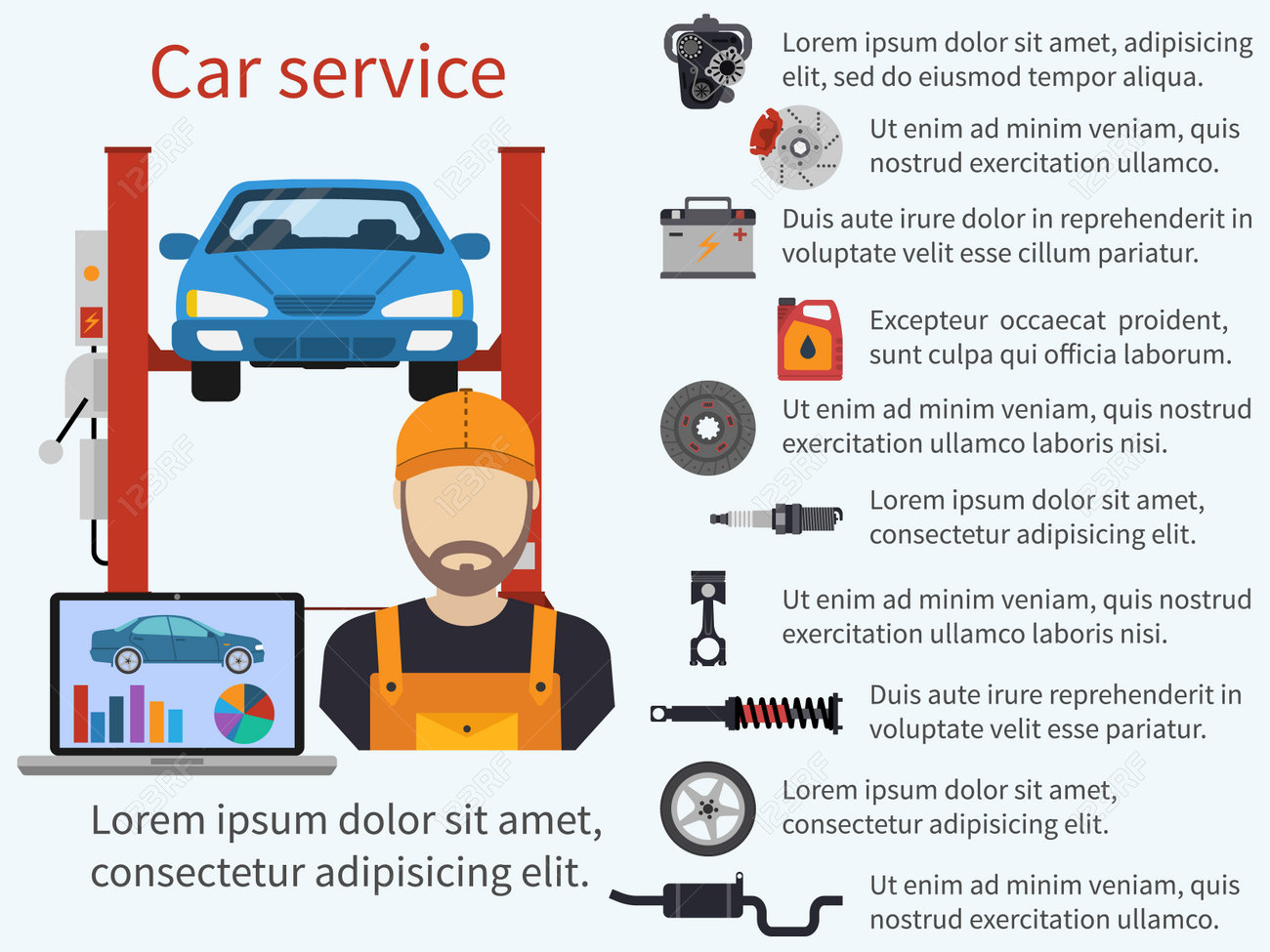Discover The Meanings Behind The Control Panel Caution Lights In Your Car To Guard The Health And Safety Of Your Automobile
Discover The Meanings Behind The Control Panel Caution Lights In Your Car To Guard The Health And Safety Of Your Automobile
Blog Article
Write- https://www.kansascity.com/news/local/crime/article258271143.html -Peck Crawford
When you're behind the wheel, those glowing warning lights on your control panel can be a little bit puzzling. Do you understand what they're attempting to inform you about your auto's wellness? Recognizing the relevance of these lights is vital for your safety and the long life of your lorry. So, the following time one of those lights pops up, wouldn't you wish to analyze its message precisely and take the necessary steps to address it?
Common Caution Lights and Interpretations
Determine usual warning lights in your cars and truck and understand their meanings to guarantee risk-free driving.
One of the most normal warning lights include the check engine light, which indicates problems with the engine or exhausts system. If this light comes on, it's essential to have your vehicle checked quickly.
The oil pressure advising light suggests reduced oil pressure, needing prompt interest to stop engine damage.
A blinking battery light may recommend a faulty charging system, possibly leaving you stranded if not dealt with.
The tire stress monitoring system (TPMS) light alerts you to reduced tire stress, affecting vehicle stability and fuel efficiency. Ignoring this could result in dangerous driving problems.
The abdominal muscle light suggests an issue with the anti-lock stopping system, jeopardizing your capacity to stop rapidly in emergency situations.
Lastly, the coolant temperature alerting light warns of engine overheating, which can cause severe damages otherwise settled swiftly.
Understanding these typical warning lights will help you deal with problems immediately and preserve safe driving problems.
Importance of Prompt Attention
Recognizing the usual warning lights in your car is only the primary step; the relevance of promptly addressing these warnings can't be highlighted sufficient to guarantee your safety when traveling.
When a caution light illuminates on your control panel, it's your car's means of interacting a possible issue that requires focus. Neglecting these cautions can bring about much more severe problems down the road, endangering your safety and possibly costing you a lot more in repairs.
Trigger interest to alerting lights can protect against failures and mishaps. For instance, a blinking check engine light could suggest a misfire that, if left unattended, could cause damages to the catalytic converter. Addressing this quickly can save you from a pricey repair service.
In a similar way, a brake system alerting light may signify reduced brake fluid or used brake pads, crucial components for your security when driving.
DIY Troubleshooting Tips
If you notice a caution light on your control panel, there are a few DIY repairing suggestions you can try prior to looking for professional aid.
mechanic jobs is to consult your vehicle's manual to comprehend what the certain caution light indicates. In some cases the problem can be as simple as a loose gas cap causing the check engine light. Tightening up the gas cap might resolve the problem.
One more typical problem is a reduced battery, which can trigger numerous cautioning lights. Inspecting the battery links for corrosion and guaranteeing they're protected may fix the problem.
If a caution light continues, you can try resetting it by disconnecting the cars and truck's battery for a few minutes and after that reconnecting it. In addition, examining your vehicle's liquid degrees, such as oil, coolant, and brake liquid, can help repair cautioning lights associated with these systems.
Conclusion
Finally, comprehending your cars and truck's caution lights is necessary for keeping your car running smoothly and safely. By without delay addressing these alerts and understanding what they mean, you can avoid costly repairs and possible failures.
Bear in mind to consult your automobile's manual for particular details on each warning light and do something about it appropriately to make sure a trouble-free driving experience.
Stay informed, remain safe when traveling!
